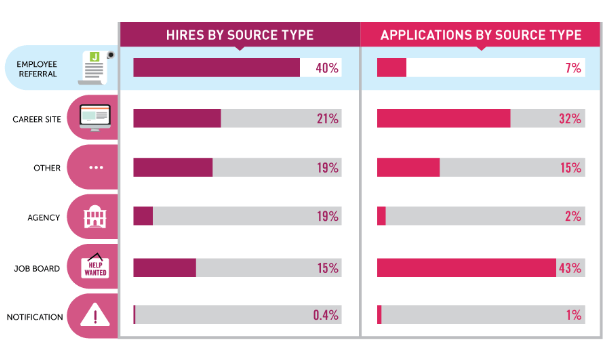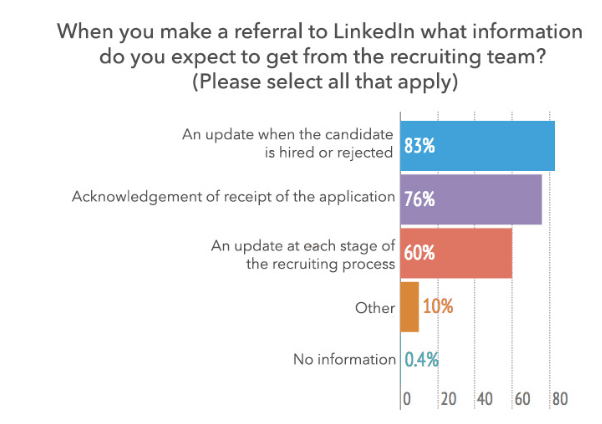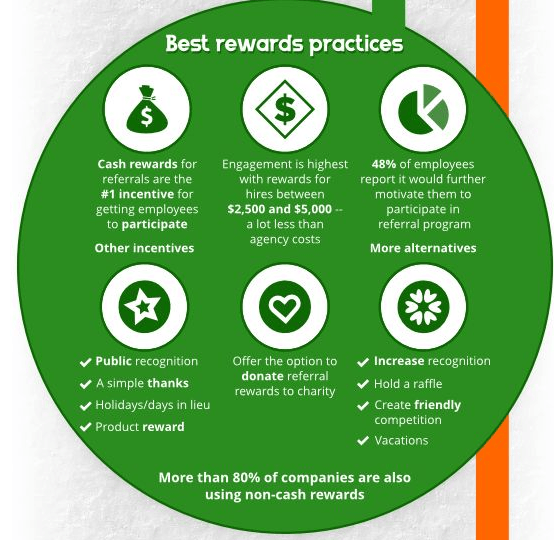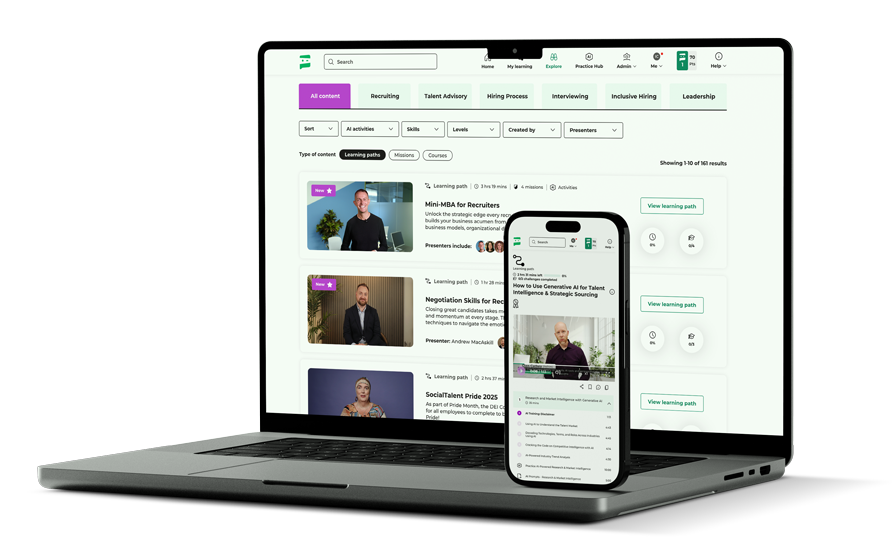5 Key Ingredients for a Successful Employee Referral Programme

There’s a few reasons why year after year, employee referrals are named as the number one source of hire. Not only do employee referral programmes (ERPs) attract the highest quality candidates, they also perform best on the job and have the highest retention rate. No brainer right? Your employees have access to unlimited candidate leads via their social connections (talent friends, former work colleagues and family members) so the potential to make great hires is unprecedented. They also know what it takes to succeed at the company so they can be a powerful recruiting source.

But building and implementing a successful ERP has its challenges. From getting internal to buy in, to building one that reflects the technological changes our world is affected by (we’re talking social and mobile). A thoughtfully conceived and well implemented ERP is an essential sourcing tactic for any recruitment programme so today, we’re going to break down the 5 key ingredients for a successful ERP!
(Handpicked Related Content:
How to: Successfully Implement an Employee Referral Program (Infographic))
Ingredient #1: Set Your Goal
Like the first step of anything, you need to set a goal for your ERP so you have a clear vision of what it should accomplish. Without this, you have nothing to measure success or failure against so this should be made clear from the beginning. Define how many new hires through referrals you want to achieve and in what time frame. This will vary from organisation to organisation but if you are just starting out, try to aim for 30%-40% of hires to come from referrals every quarter.
The goal doesn’t always have to be to get more referred candidates. Kara Yarnot, Founder & President at Meritage Talent Solutions, says she has worked with companies who are using referrals to improve diversity by focusing on a select group of employees. Alternatively, you could use referrals to find candidates that are more attuned with your specific business needs e.g. by focusing on certain business units such as Marketing.
Ingredient #2: Communicate Your Socks Off
Absolutely paramount for a successful ERP. Your goal here is to increase awareness of your brand new programme. You can do this by launching an internal campaign communicating the benefits of ERP and what rewards employees can get. But it doesn’t stop there – communication is needed throughout the whole process. According to a study by LinkedIn, 83% of referrers wanted an update at the point where they hire or reject the candidate, 76% indicated they wanted acknowledgement of receipt and 60% felt that there should be an update to them at every stage of the process. In other words, make sure to notify your employees when a position becomes available and update them at every stage of the process when they do refer someone.
Offering a consistent experience by communicating to employees what to expect and when they will receive an update will instil trust overtime and encourage them to make more quality referrals. This can mean a lot of manual work such as emails but if you have the budget, you should consider introducing some automation that automatically updates employees on referrals. An example of a software that does this is Zao.

Ingredient #3: Train Your Colleagues to be Sourcers
Ok so you have made sure employees are at least aware of your ERP and you are committed to keeping this level of communication throughout the whole process. But how do you make sure that your employees adhere to best practices when referring candidates? Educate them! This could even be a quick 30 minutes with employees you want to help you the most where you can explain how the system works, the ideal candidates you want and what employees can expect as soon as they refer a candidate.
A quick tip from us would be, in order to ensure only qualified candidates come in, is communicate to employees that contact will only be made if they are indeed qualified. It may seem harsh but at least your colleagues will know from the outset as opposed to submitting candidates that are no where near qualified enough and are not contacted, discouraging them from referring candidates again.
Ingredient #4: Incentivise With Rewards
This goes without saying for any ERP. While it isn’t exactly a major surprise than financial compensation is the most sought-after reward, it is only just one way to motivate your new teammates. Try and get creative here and extend your rewards to charitable donations, time off, free lunches, company-wide recognition, product rewards etc.
Rewards should not only be given for hires but also candidates who are selected for interview, with rewards increasing in value the further along the referred candidate gets in the process. Don’t stop with the rewards there! Why not give the employee who referred a brand new hire an opportunity to become their mentor for the first few months? After completing this mentoring, you could reward the employee with additional perks.

Source: ZAO.com
Ingredient #5: Measure Your Efforts
Is this really a surprising one? Of course you have to measure the effectiveness of your ERP. What you measure is very much dictated by the initial goal your set (see ingredient #1), but Kara Yarnot breaks down some good metrics to track:
- The % of hires who came from referrals: You may take some time to reach this goal but we recommend 30%-40% every quarter when implementing your first ERP
- The % of referred candidates who hear from your company: For ingredient #3, we said you should train your employees to refer only qualified candidates so ideally you want to contact 100% of these. If this percentage is quite low, you will need to communicate your ideal candidates to employees and set expectations again or adjust your training
- ERP participation: If this number is low, you need to ask yourself the following: Have you marketed your ERP effectively? Is your message getting across?
- The quality-of-hire of referred hires: What is the average tenure of each referred hire? Are their performance reviews positive? Again, if you don’t have favourable numbers here, you need to work on your training and communication
The numbers don’t lie: ERPs improve candidate quality, quality of hire and employee retention so you would be crazy not to consider implementing one. Simply put, you need to have a strong referral programme in place if you want to attract the great candidates and make the best hires. If you add in the above ingredients, you will be well on your way to creating a successful one that improves the talent within your organisation.


